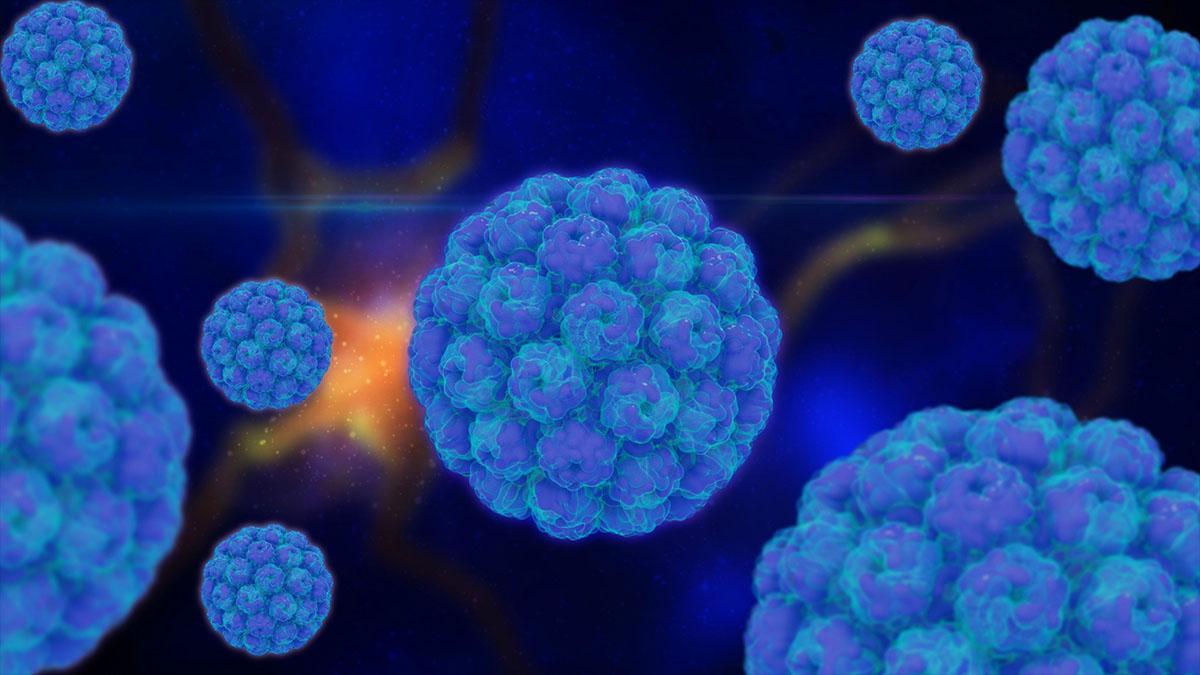how studying falling antimatter can eventually help us treat cancer

Antimatter is the mirror opposite of matter we know and understand, the kind of matter that makes us and everything we see in the universe around us. So if you were to drop a particle of matter and a particle of antimatter, you might wonder if antimatter experiences some sort of anti-gravity. But of course it doesn’t. It can’t. Antimatter is still matter. It just has an opposite charge from normal matter, which means that when the two types of particles meet, they cancel each other out and very violently attempt to find their lowest energy state. And since this has nothing to do with gravity, logically, antimatter should fall exactly like matter in an experimental vacuum, and we’d only know which was which based on the label.
This prompts the question of why CERN is planning to conduct this kind of experiment. What exactly are they hoping to learn if the physics seems pretty clear on the subject? The answer is that several models predict that antimatter actually falls slightly faster than ordinary matter and that’s what CERN wants to test. While tiny particles are far more affected by electromagnetism than gravity because at those scales, electromagnetism is the dominant force, gravity still pulls on them. But it pulls on them with a slight twist. Gravity is a vector force, i.e. it has both direction and magnitude, and vector forces will repel like charges and attract opposite charges.
Basically, both matter and antimatter would fall down towards a large enough mass, but the matter would get the tiniest of upward resistance while antimatter would be pulled down just the tiniest bit faster, and one assumes, vice versa. Whether the math predicting this interaction translates to the real world remains to be seen, which is why CERN wants to do exactly that, recreating Galileo’s classic experiments with the two different types of matter, just in a vacuum chamber and with electrical charges. Considering how small the particles are, how little gravity affects them, and the short distances they’ll travel, it will require a lot of retests and precision measurements, but if anyone is equipped to tackle this, it’s CERN.
At this point, you might be wondering why we need to know whether antimatter falls just a bit faster than matter. What possible importance could this information have? Well, a lot, actually. The better we understand how subatomic particles behave, combine into matter, and decay allows us to build better circuitry, the technology to analyze the oceans of data colliders gather during experiments gave us the web as we know it and better data processing algorithms, and the direct applications of this knowledge are giving us better treatments for many types of cancer and enhancing existing ones. That’s the wonderful thing about basic science. The more you know about the world around you, the more you can apply that knowledge to real world problems you didn’t even know you could tackle before.





